From Midland To Midtown

Preparation Site
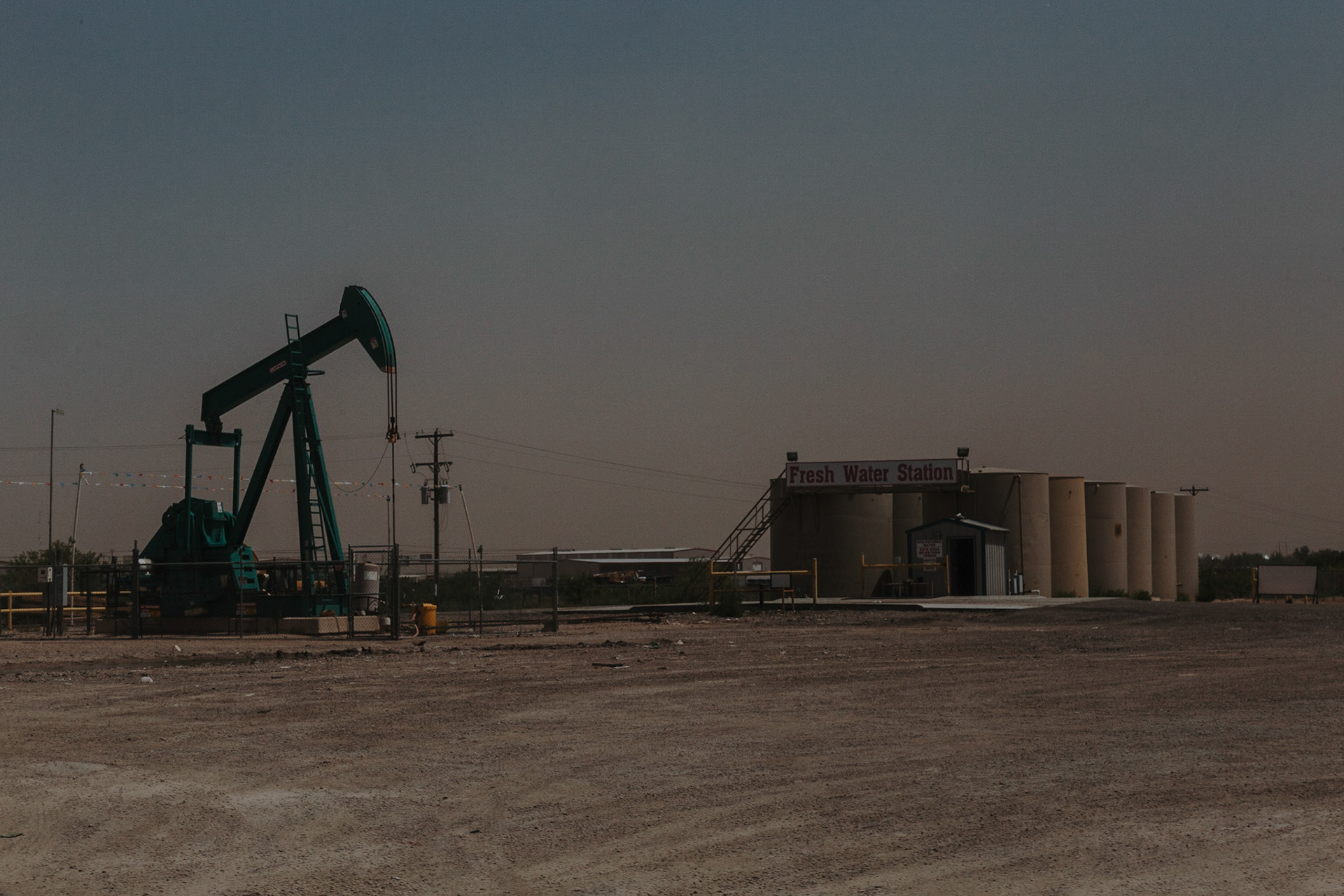
Fresh Water Station

Texaco, 2 p.m.
The Permian Basin, in far West Texas, has steadily grown to become the world’s top-producing oil field. Pumping out over 4 million barrels of oil per day, increased extraction and more efficient yet destructive drilling methods in the Permian Basin and nationwide have propelled the U.S. to the number one oil-producing nation in the world.
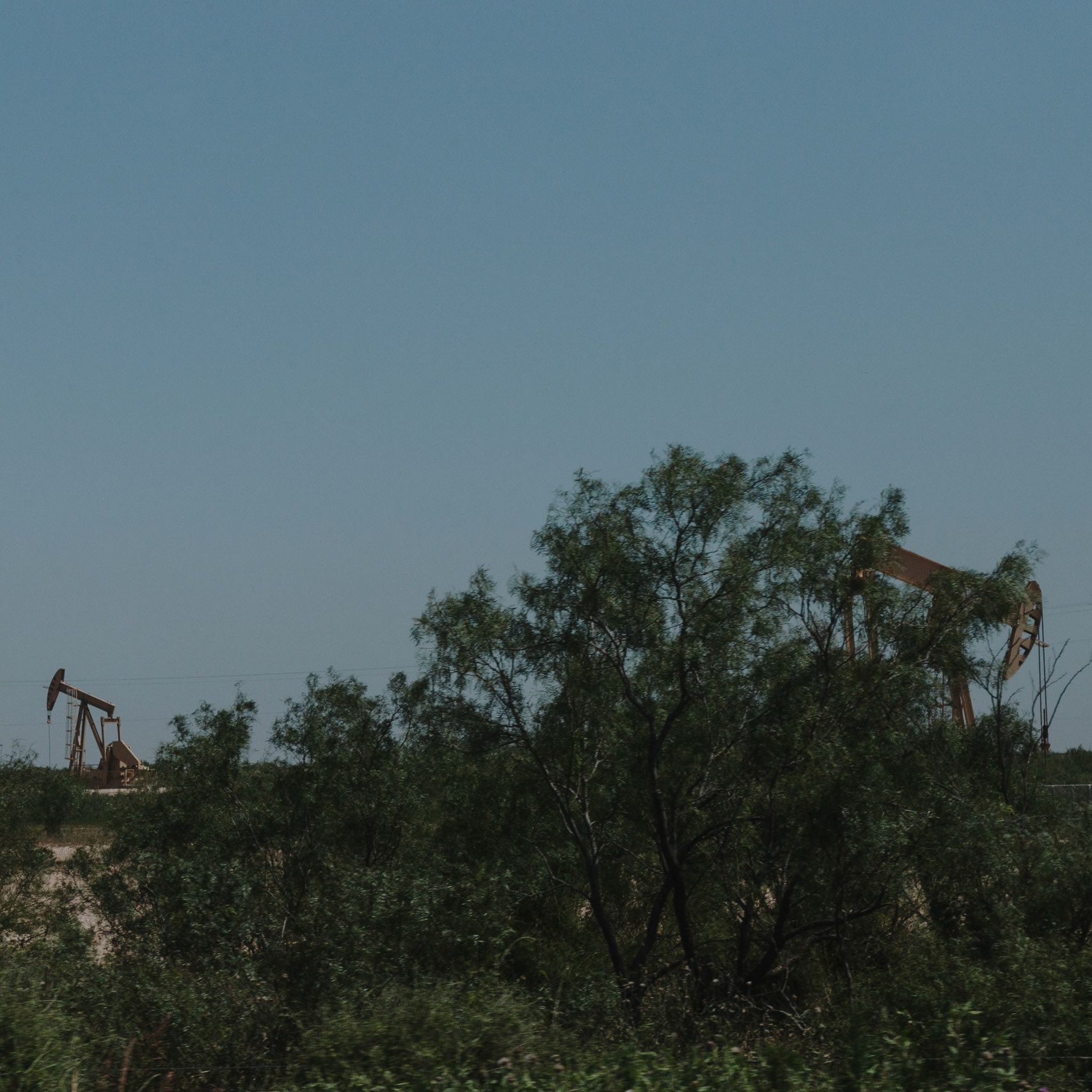

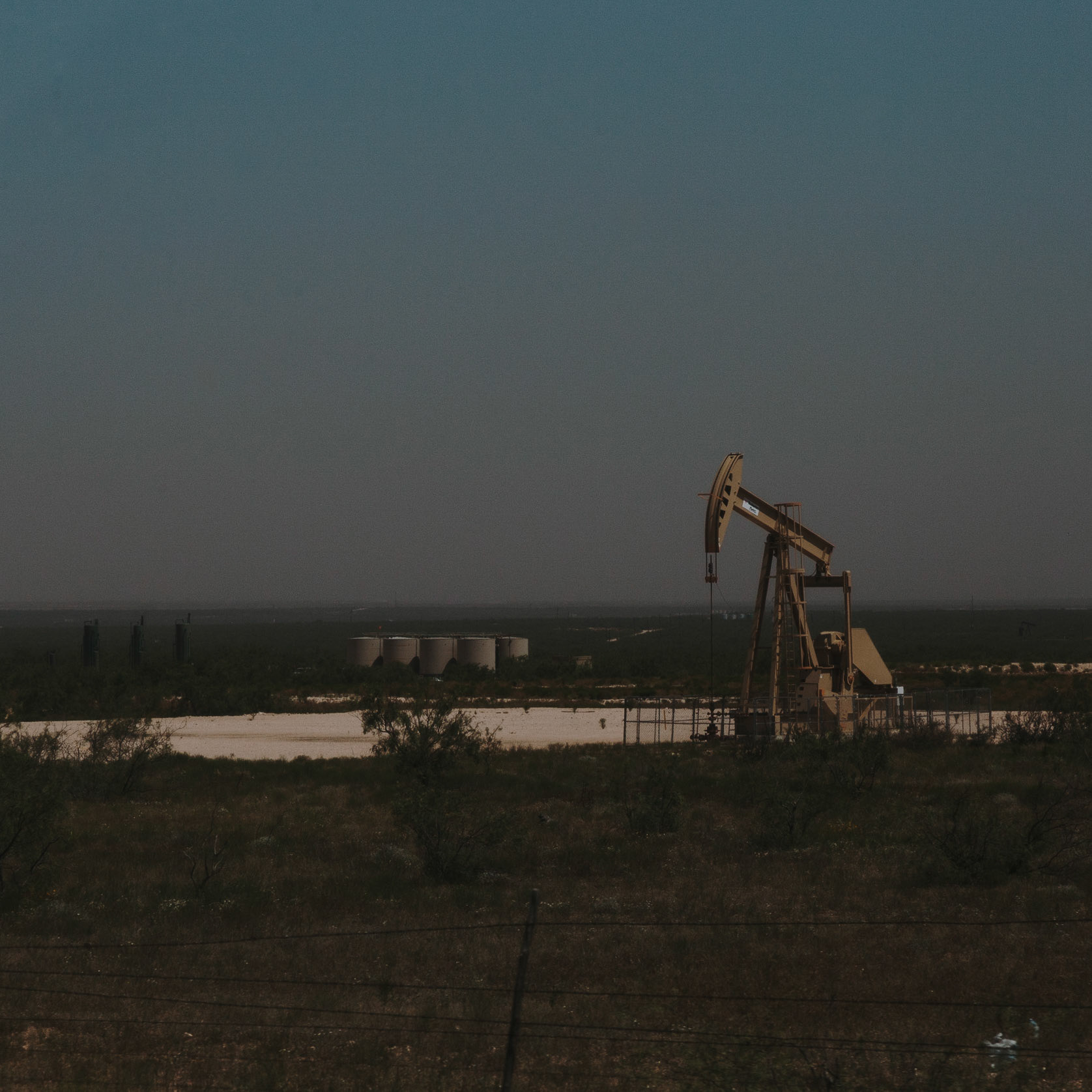




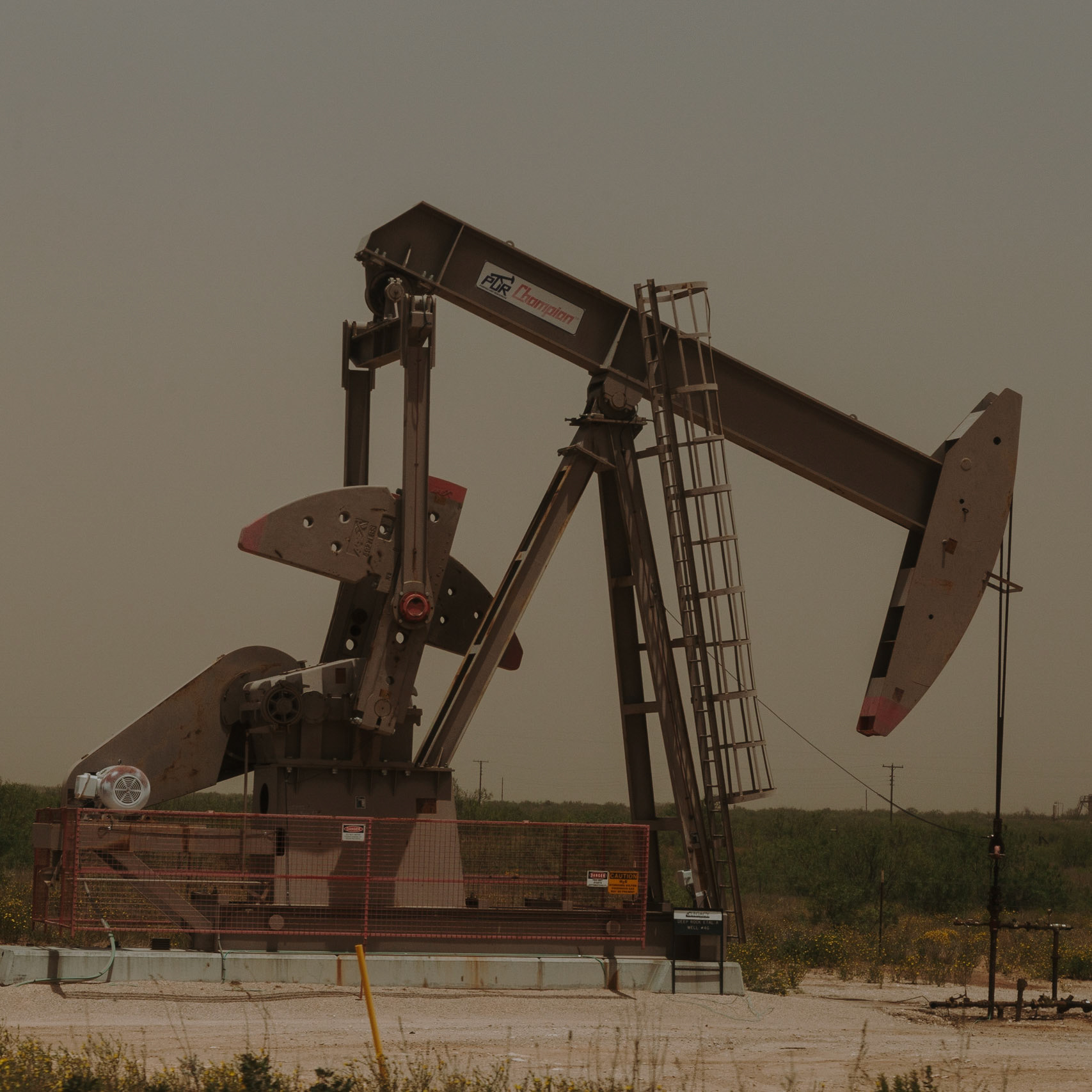
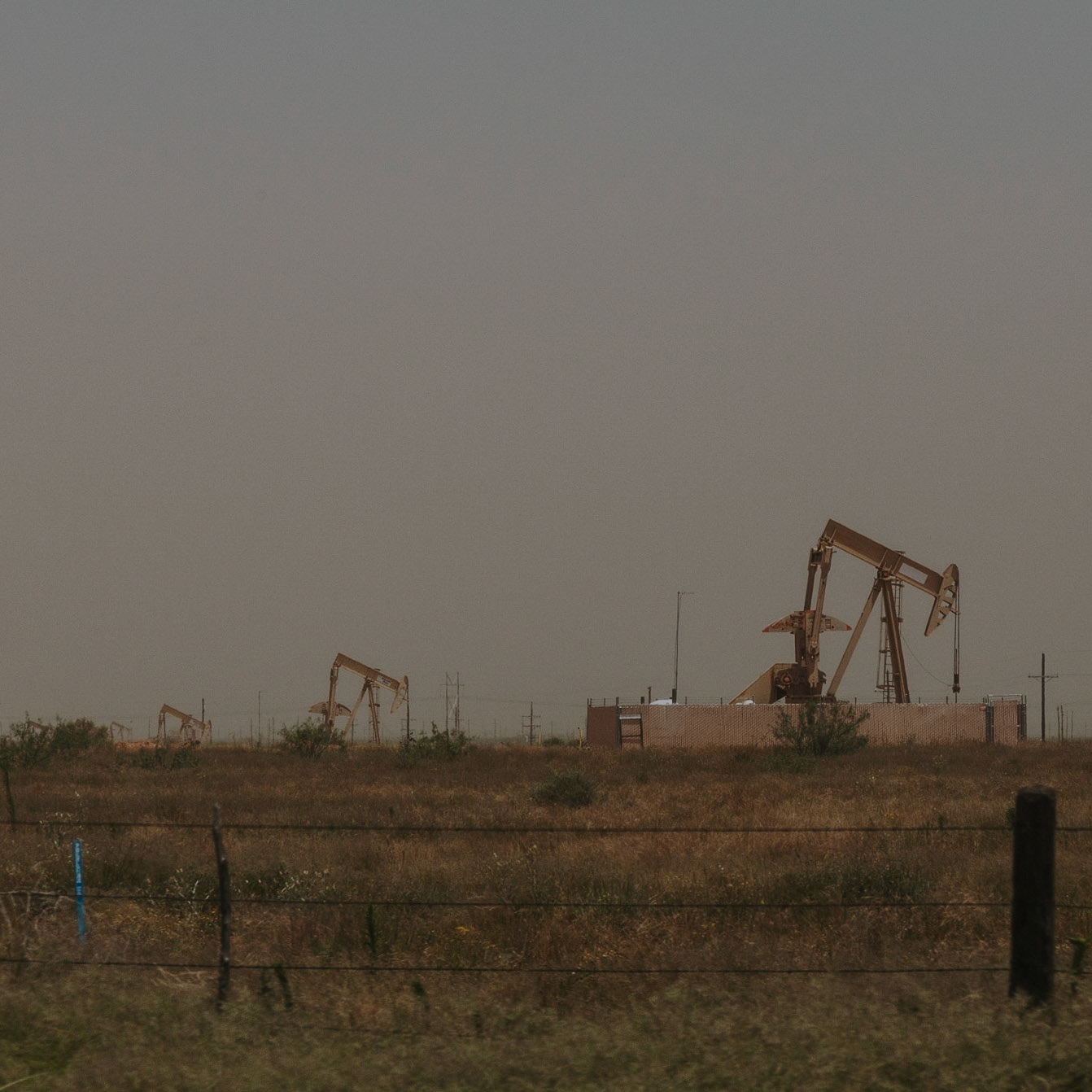
A drive through this region reveals the extreme pollution and ecological damage caused by fossil fuels at their most concentrated and visible moment - the point of extraction. Pumpjacks churn endlessly on the horizon and the towering flames of methane flaring are visible across great distances. The sky turns to mud and the air stings the lungs. The vast landscapes brim with desolation caused by the single-minded focus of industry.
An oil well towers over a shining suburban home in West Texas.
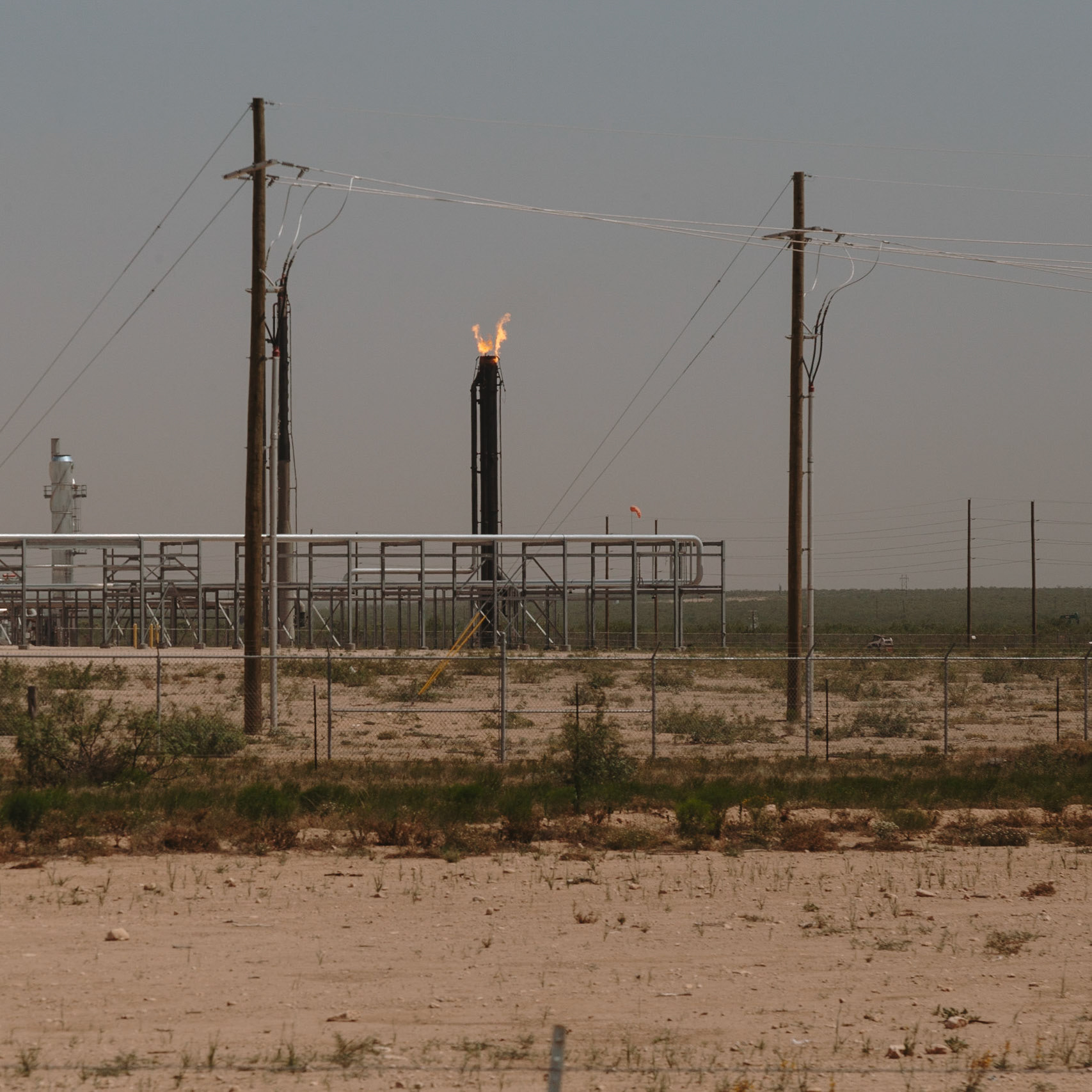
Methane Flare
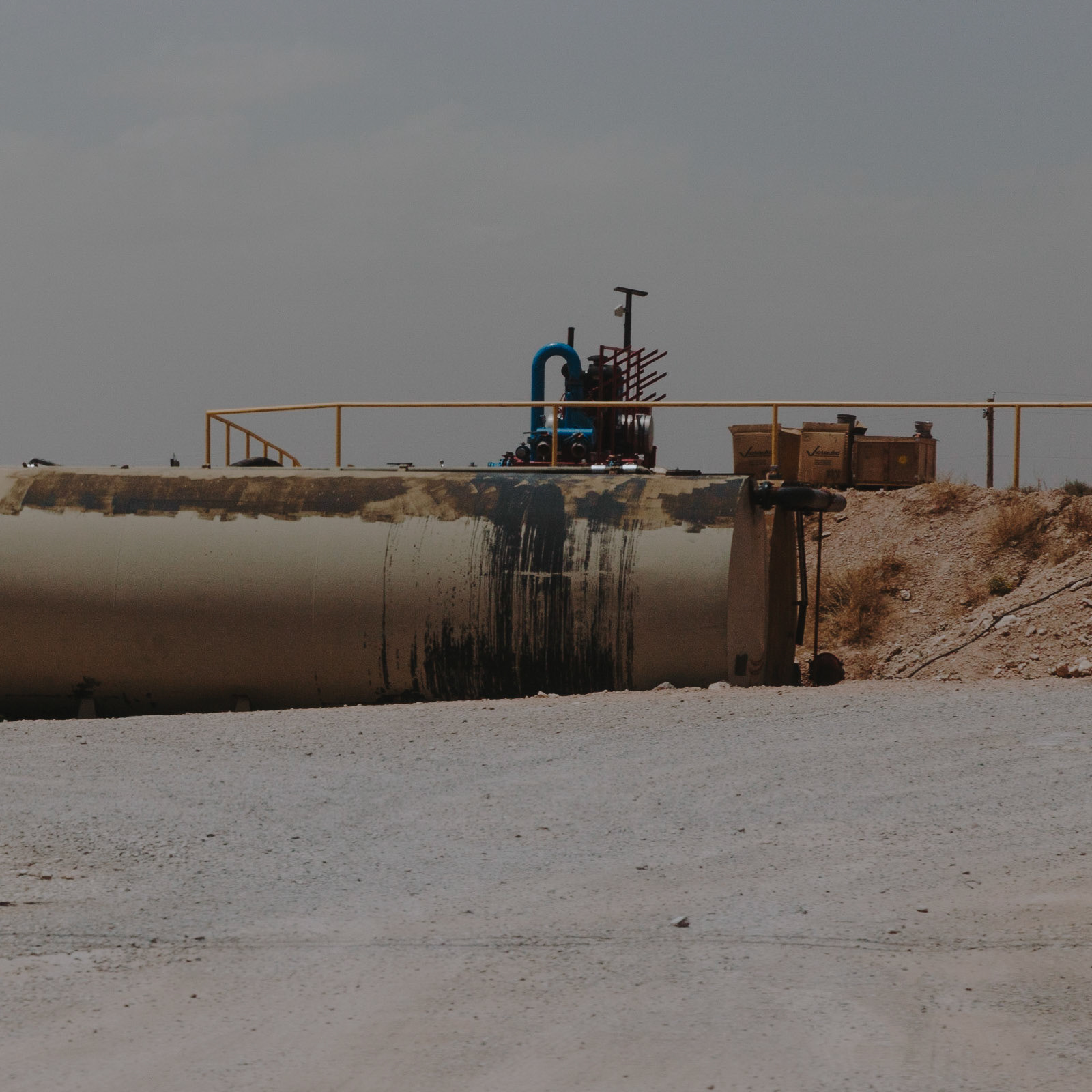
Oil Remnants
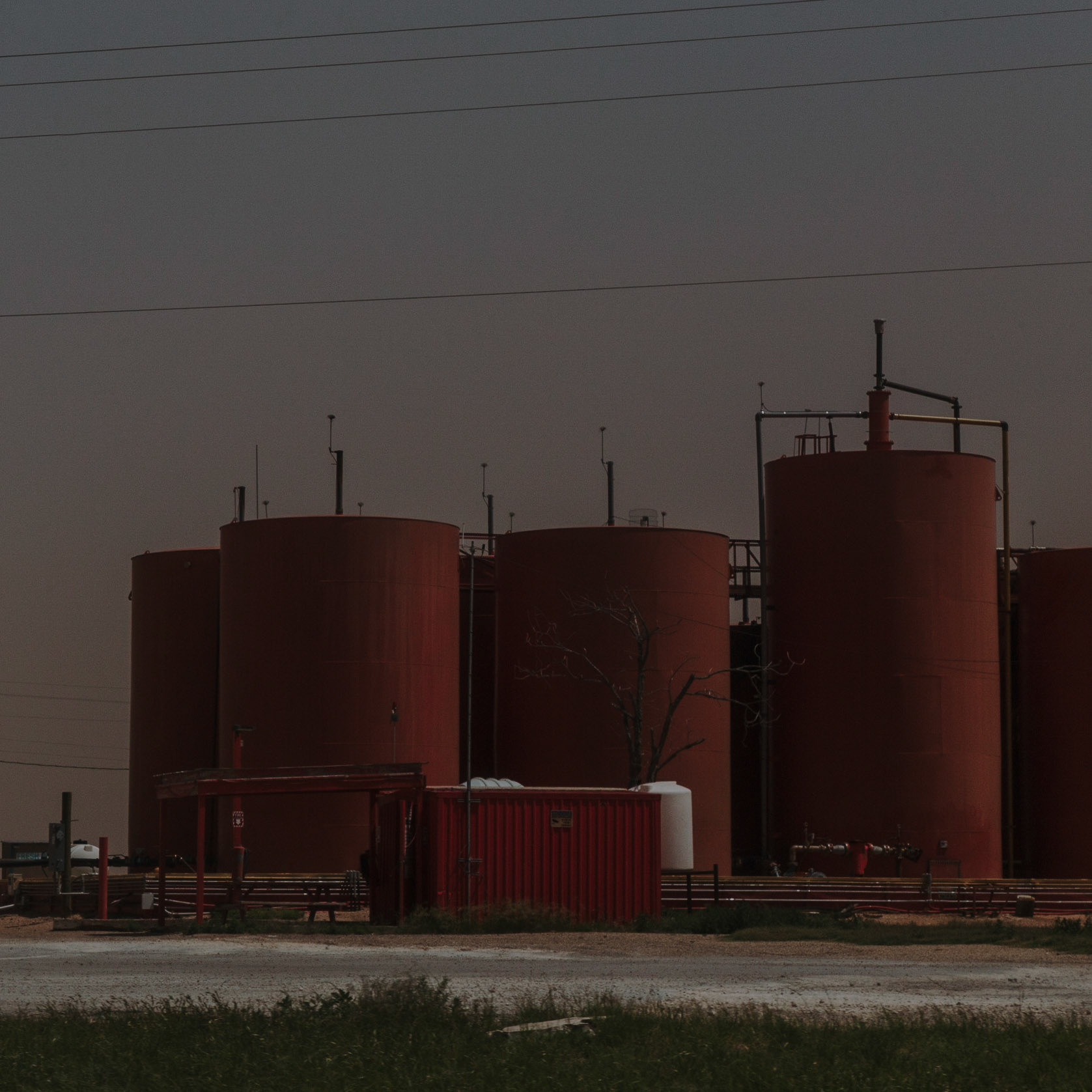
Holding Tanks

Staging Grounds
America is a nation pulled in opposite directions on the climate crisis: its reliance on and celebration of fossil fuels stands in contrast to ever-louder calls for renewable energy sources to mitigate warming and create a sustainable future for our planet. This photo essay aims to immerse viewers in the industrial environments of the Permian Basin, to bridge geographic distance and bring the realities of extraction to the metropolitan center. Although the Permian Basin is almost 2,000 miles away from New York City, many New York-based financial institutions such as JP Morgan Chase, Citigroup, and BlackRock are some of the biggest funders of and investors in oil and natural gas extraction.
KANTA Collaborative 2022